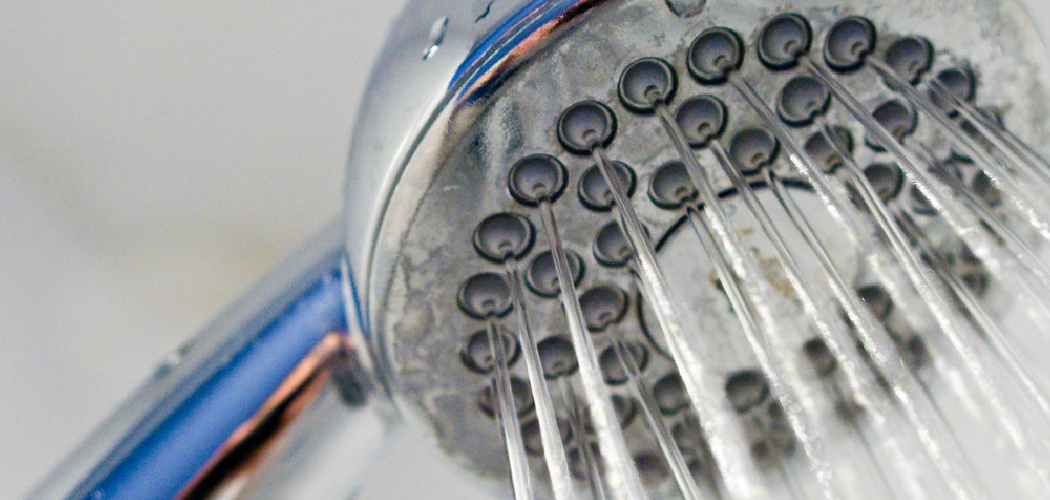Getting cold water in the shower is a common frustration, especially when you’re seeking relief from the heat or simply prefer a refreshing rinse. Whether it’s due to issues with your plumbing system, water heater, or environmental factors, the absence of cold water can disrupt your daily routine and leave you feeling uncomfortable. Fortunately, there are several steps you can take to troubleshoot and resolve this problem.
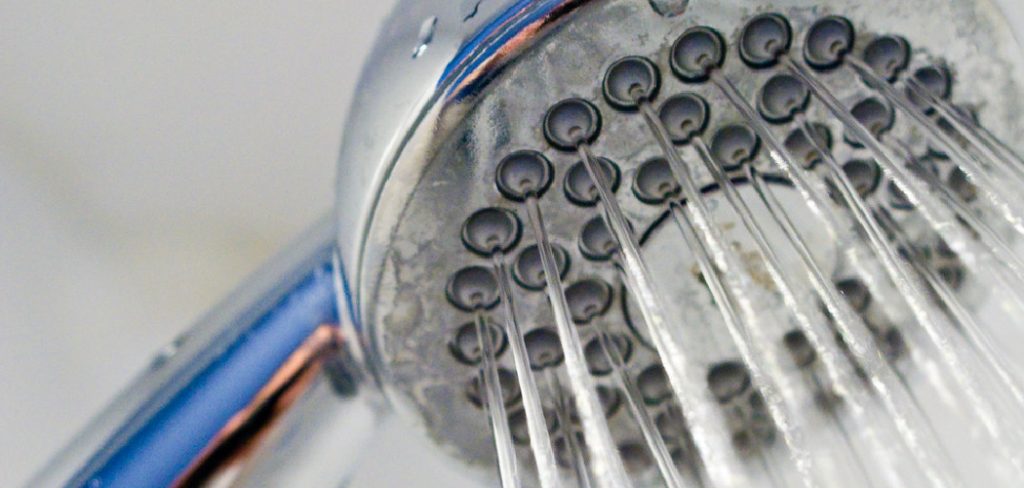
From checking the temperature settings on your water heater to inspecting for leaks and blockages in your plumbing lines, understanding the underlying causes is key to restoring the flow of chilly water. In this article, we’ll explore various techniques and solutions how to get cold water in shower, ensuring a more comfortable and enjoyable bathing experience.
Importance of Having Access to Cold Water in the Shower
Having access to cold water in the shower is more than a matter of personal preference; it’s a factor that contributes significantly to physical health and psychological well-being. Cold showers have been associated with numerous health benefits, including improved circulation, reduced muscle inflammation post-exercise, and enhanced mental alertness. An invigorating cold shower can also be a key component in regulating body temperature, especially during hot weather or after intense physical activities.
Psychologically, cold showers can serve as a form of mental resilience training, helping individuals develop discipline and improve their ability to cope with discomfort. Furthermore, the availability of cold water is essential for those suffering from certain medical conditions that require temperature-specific treatments. Thus, ensuring a reliable cold water supply in your shower can greatly impact your overall health and daily comfort.
Common Issues Leading to Lack of Cold Water
Several factors can contribute to the absence of cold water in your shower, impacting your ability to enjoy a refreshing rinse. One of the primary reasons is a malfunctioning mixing valve in the shower faucet, which can result in an imbalanced mix of hot and cold water.
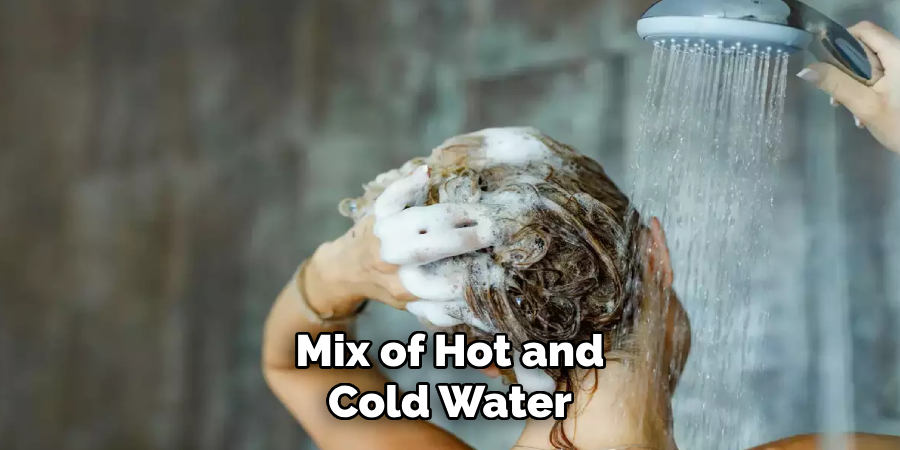
Another common culprit could be clogged pipes; over time, sediment and mineral deposits can accumulate, restricting the flow of cold water to your showerhead. High demand on your home’s water supply, particularly during peak usage times, might also lead to a temporary shortage of cold water as the system struggles to meet simultaneous needs. Additionally, improperly set or malfunctioning water heaters can mistakenly heat the water intended to remain cold.
Finally, broken or leaky pipes can divert cold water away from your shower, especially if the leaks occur in the cold water supply line. Identifying which of these issues is affecting your shower is the first step towards resolving the problem and restoring your access to cold water.
Causes of Warm Water Only
When your shower refuses to yield anything but warm water, it can be due to several underlying problems. Each cause requires a specific approach for resolution.
A. Malfunctioning Mixing Valve: This valve controls the mix of hot and cold water to achieve the desired temperature. If it’s not working correctly, it could favor hot water, even when you’re seeking a cold rinse.
B. Sediment Buildup in Water Heater: Over time, sediment can accumulate at the bottom of your water heater, affecting its efficiency and the temperature of the water it supplies. This buildup can insulate the water from the cooling effects of the heater’s controls, leading to consistently warmer output.
C. Faulty Temperature Control Knob: Sometimes, the issue is as straightforward as a temperature control knob that’s not functioning properly. This could lead to an inability to adjust the water to a cooler setting.
D. Issues with Plumbing Infrastructure: The broader plumbing system can also be a culprit. Old or poorly insulated pipes might not maintain the coldness of the water, especially if they run through areas that can heat up, like attics or external walls exposed to sunlight.
Identifying the specific cause of the problem is crucial for implementing the right solution and restoring the pleasure of a cold shower.
Potential Problems with Water Supply Lines or Valves
In addition to the issues already outlined, problems with the water supply lines or valves themselves can significantly impact the temperature of your shower water. Corrosion or wear and tear on these components can lead to a reduced flow of water or, in some cases, might prevent cold water from reaching the showerhead at all.
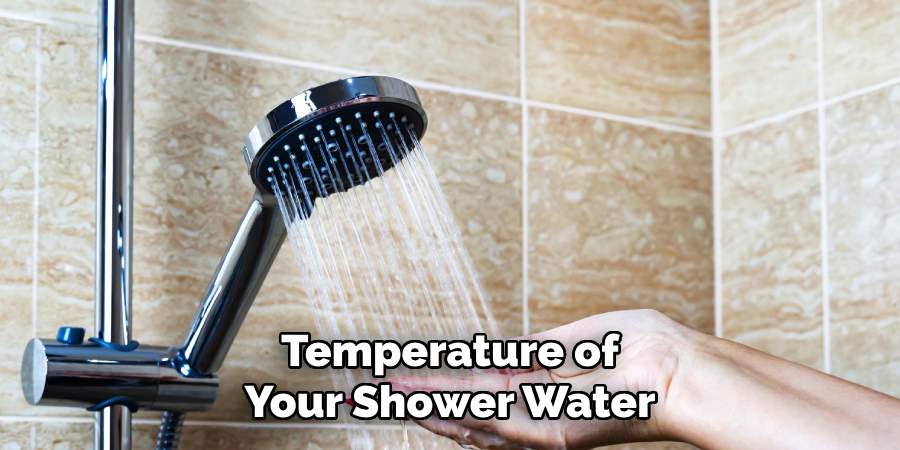
Water supply lines that are improperly installed or have become dislodged can also contribute to the issue, as they may not be able to provide a steady and consistent supply of cold water.
Another potential problem is with the water supply valves, which control the flow of water into your home. If these valves are not fully opened or if they are malfunctioning, the flow of cold water could be restricted, leading to warmer showers than desired. It’s also possible for these valves to become stuck or hard to operate due to sediment buildup or lack of use, which can further complicate efforts to adjust the water temperature.
To address these problems, inspect the water supply lines for signs of damage or corrosion and ensure that all valves are fully operational and opened to the appropriate levels. In some cases, it may be necessary to clean, repair, or replace parts of the water supply system to restore proper function and ensure that cold water can flow freely to your shower.
Assessing the Condition of the Shower System
Before attempting any repairs or adjustments, it’s imperative to conduct a thorough assessment of your shower system to identify the root cause of your cold water issues. This involves a detailed examination of each component of the system, from the water supply lines to the mixing valve in the shower faucet.
- Check the Water Supply Lines: Look for any visible signs of damage, such as corrosion, leaks, or bending, which could impair the flow of cold water. Ensure that the lines are securely attached and have not become dislodged.
- Examine the Mixing Valve: A malfunctioning mixing valve is a common source of temperature control problems. If you have the expertise, disassemble the valve and check for any signs of wear or damage. Look out for mineral deposits or foreign objects that could obstruct the valve’s operation.
- Inspect the Plumbing Infrastructure: Evaluate the condition of the pipes, particularly those that are exposed or run through unconditioned spaces. Poor insulation or exposure to heat can cause water to warm up before it reaches the shower.
- Test the Water Supply Valves: Ensure that these valves, which control the flow of water into your home, are fully open and functioning correctly. Difficulty in operating these valves could indicate a need for maintenance or replacement.
- Assessment of the Water Heater: While primarily associated with warm water, sediment buildup in the water heater can affect overall water temperature management. Inspect the water heater for signs of sediment accumulation or malfunction.
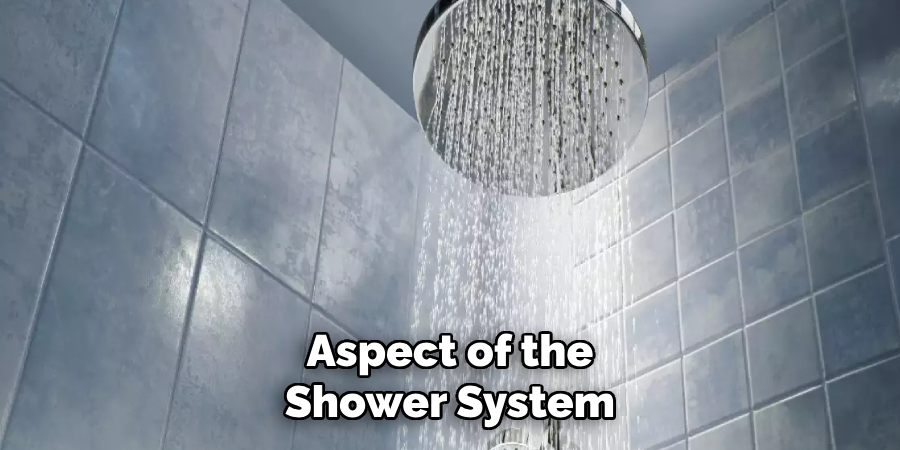
By systematically evaluating each aspect of the shower system, you can pinpoint the exact cause—or causes—of your cold water challenge. Armed with this knowledge, you can then proceed to implement the most effective solution, whether it involves simple adjustments or more extensive repairs.
10 Methods How to Get Cold Water in Shower
1. Check Water Heater Settings:
Begin by locating your water heater and checking its temperature settings. Water heaters typically have a thermostat that allows you to adjust the temperature of the water they produce. If the thermostat is set too high, it may be preventing cold water from mixing properly with the hot water, resulting in a lukewarm or hot shower.
Adjust the thermostat to a lower temperature to allow for a better balance of hot and cold water. Although the recommended temperature for most households is between 120-140°F, it’s important to also consider any household members who may need a higher temperature due to health conditions.
Additionally, check for sediment buildup in your water heater. Over time, minerals and debris can accumulate at the bottom of the tank, reducing its heating efficiency and potentially causing damage. To prevent this, drain and flush your water heater at least once a year. This will help maintain its efficiency and prolong its lifespan.
2. Adjust Mixing Valve:
In many shower systems, there is a mixing valve that controls the ratio of hot and cold water that comes out of the showerhead. This valve is often located behind the shower handle or within the wall. If you’re not getting enough cold water in your shower, try adjusting the mixing valve to allow for a greater flow of cold water. Turning the valve clockwise typically increases the amount of cold water in the mix.
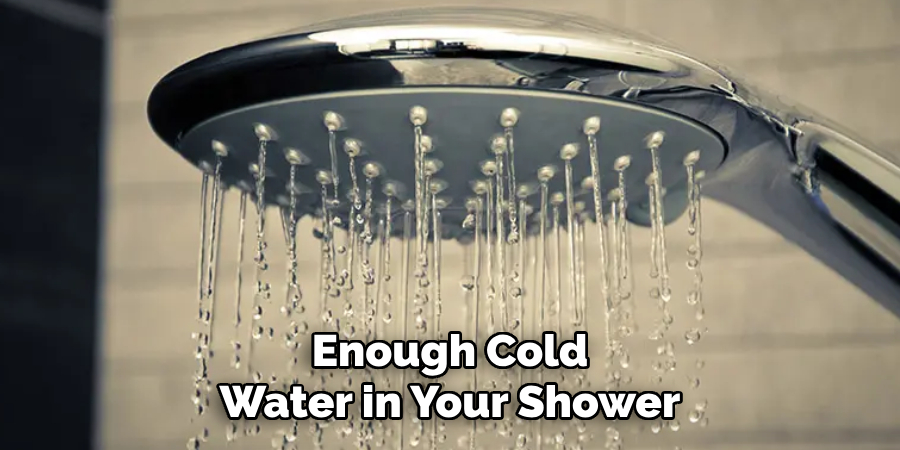
3. Check for Valve Malfunction:
If adjusting the mixing valve doesn’t solve the problem, there may be a malfunction with the valve itself. Over time, these valves can become worn or damaged, leading to issues with water temperature control. A plumber can inspect the valve to determine if it needs to be repaired or replaced.
In addition to a malfunctioning valve, sediment buildup can also cause problems with water temperature regulation. This occurs when minerals and debris collect in the valve, hindering its ability to function properly. Regular maintenance and cleaning of the valve can prevent this issue and prolong the life of your shower system.
4. Check Water Pressure:
Low water pressure can affect the performance of your shower, including the temperature of the water. Insufficient water pressure may prevent cold water from reaching the showerhead, resulting in a tepid shower experience.
Check the water pressure in your home using a pressure gauge and address any issues with low pressure by cleaning or replacing the showerhead, clearing clogged pipes, or adjusting the water pressure regulator. Make sure to also check the water pressure periodically, as it can change over time.
5. Flush Water Heater:
Sediment buildup in the water heater can reduce its efficiency and affect its ability to deliver hot water effectively. Flushing the water heater can help remove sediment and improve its performance, allowing for better temperature control in the shower. Follow the manufacturer’s instructions for flushing your water heater, or consult a plumber for assistance.
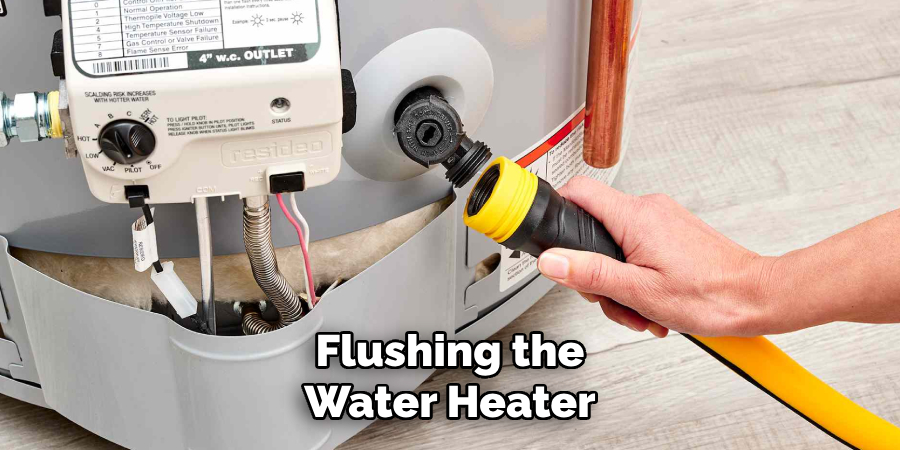
Though it is recommended to flush the water heater at least once a year, households with hard water may need to do it more frequently. Some signs that your water heater needs to be flushed include strange noises coming from the tank, fluctuating hot water temperatures, and discolored or foul-smelling water.
6. Insulate Hot Water Pipes:
Hot water pipes that run through unheated areas of your home can lose heat and affect the temperature of the water coming out of the shower. Insulating these pipes can help prevent heat loss and ensure that more cold water reaches the shower, resulting in a cooler shower experience.
Use pipe insulation sleeves or wrap the pipes with foam insulation to keep them warm and maximize the flow of cold water. You can also save on energy costs by insulating your hot water pipes, as the hot water will stay hotter for longer periods of time.
7. Install a Thermostatic Mixing Valve:
A thermostatic mixing valve is a device that automatically adjusts the temperature of the water coming out of the shower to maintain a consistent temperature. These valves mix hot and cold water to achieve the desired temperature set by the user.
Installing a thermostatic mixing valve can provide greater control over the water temperature in the shower, ensuring a comfortable and consistent flow of cold water.
8. Check for Cross-Connection:
A cross-connection occurs when cold water mixes with hot water in the plumbing system, resulting in water that is warmer than desired. Cross-connections can occur due to faulty plumbing fixtures, improper installation, or other issues with the plumbing system. Check for any cross-connections in the plumbing lines and address them to prevent hot and cold water from mixing, ensuring a cooler shower experience.
Cross-connections can also occur between potable water sources and non-potable water sources, such as irrigation systems or chemical storage tanks. These types of cross-connections can pose a serious health risk if contaminated water is able to flow back into the potable water supply.
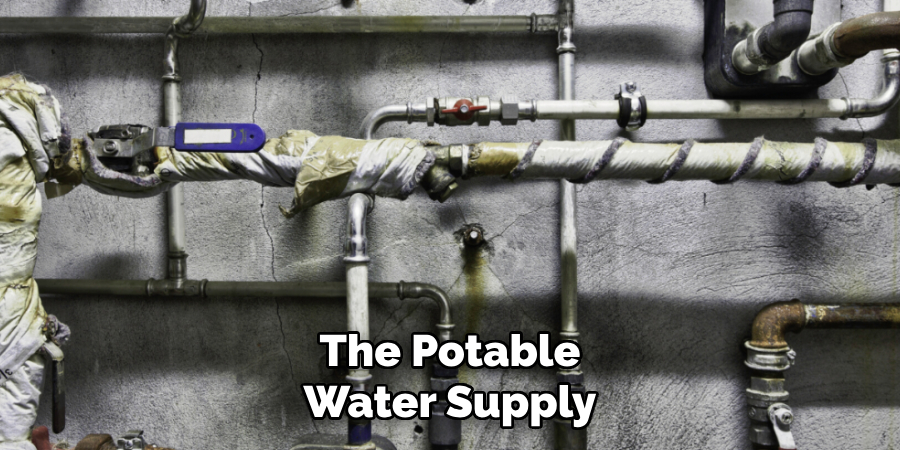
9. Upgrade Water Heater:
If your water heater is old, inefficient, or undersized for your household’s needs, it may struggle to provide an adequate supply of hot water while also delivering cold water to the shower. Consider upgrading to a newer, more energy-efficient water heater that can meet the demands of your household and provide a steady flow of both hot and cold water.
Consult with a plumber to determine the best type and size of water heater for your home. Options may include traditional tank water heaters, tankless water heaters, or solar-powered systems. In addition to improving the performance of your water heater, upgrading can also save you money on energy bills in the long run.
Other ways to improve the efficiency and effectiveness of your hot water system include installing low-flow showerheads and faucets to reduce water usage, insulating your hot water pipes to prevent heat loss, and setting your water heater’s temperature to the recommended 120 degrees Fahrenheit.
Regular maintenance such as flushing the tank or checking for leaks can also help prolong the life of your water heater and ensure it is functioning properly.
10. Consult a Professional:
If you’ve tried all of the above methods and still can’t get cold water in the shower, it’s time to consult a professional plumber. A plumber can inspect your plumbing system, identify any underlying issues affecting water temperature, and recommend the best course of action to resolve the problem.
Whether it’s repairing a faulty valve, replacing a worn-out water heater, or addressing issues with low water pressure, a plumber has the expertise and tools to ensure that you have a comfortable and enjoyable shower experience.
Aside from fixing your cold water issue, a professional plumber can also provide valuable tips on how to maintain your plumbing system and prevent future problems. They can recommend the best practices for keeping your pipes clean and free of buildup, as well as suggest ways to conserve water and save money on utility bills.
Additionally, they may offer advice on upgrading or replacing outdated plumbing fixtures to improve the overall efficiency and functionality of your home’s water system.
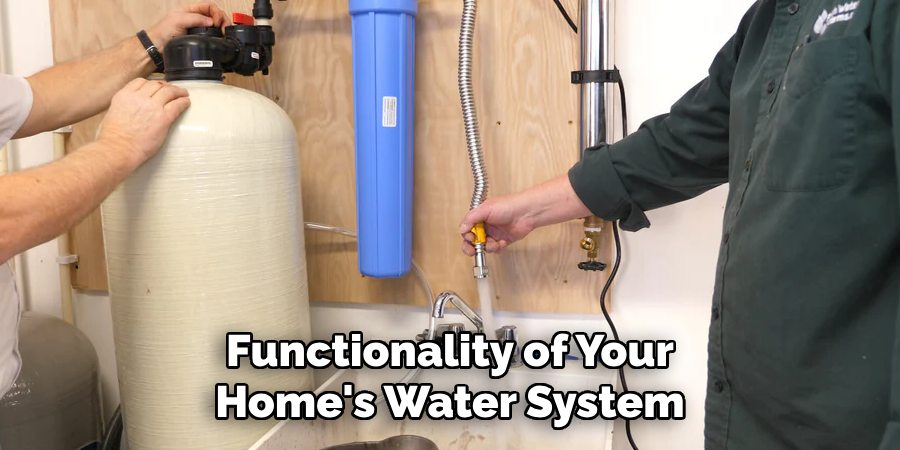
Conclusion
In conclusion, ensuring access to cold water in your shower is essential for a comfortable and refreshing bathing experience. By understanding the common causes of warm water issues and implementing troubleshooting steps outlined in this guide, you can effectively regulate the temperature of your shower.
Whether it’s adjusting the settings on your water heater, inspecting and replacing faulty components, or seeking professional assistance for complex issues, there are solutions available to meet your needs.
Additionally, adopting preventative measures such as regular maintenance and installing water softeners can help prevent future temperature fluctuations. Thanks for reading, and we hope this has given you some inspiration on how to get cold water in shower!

